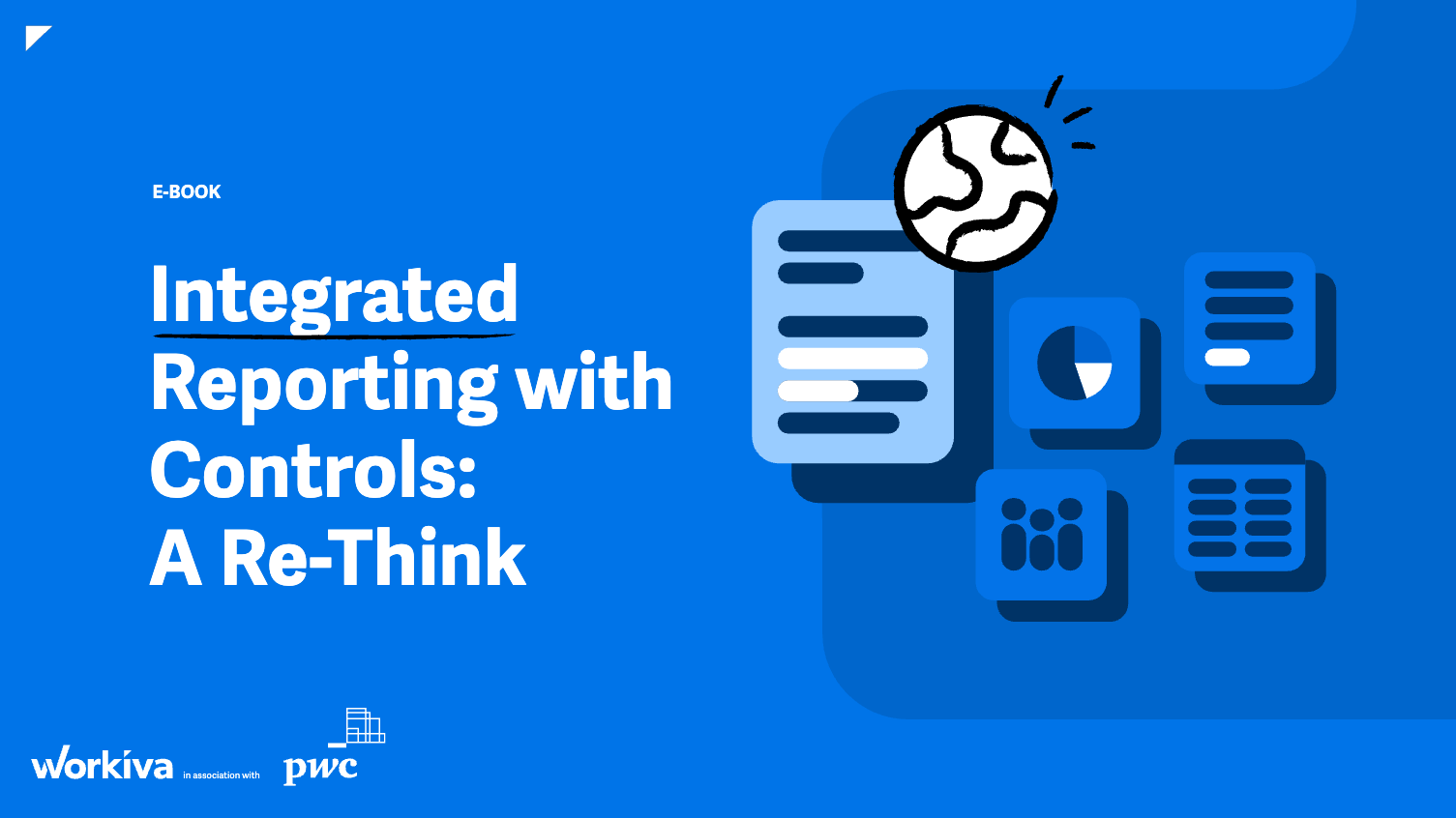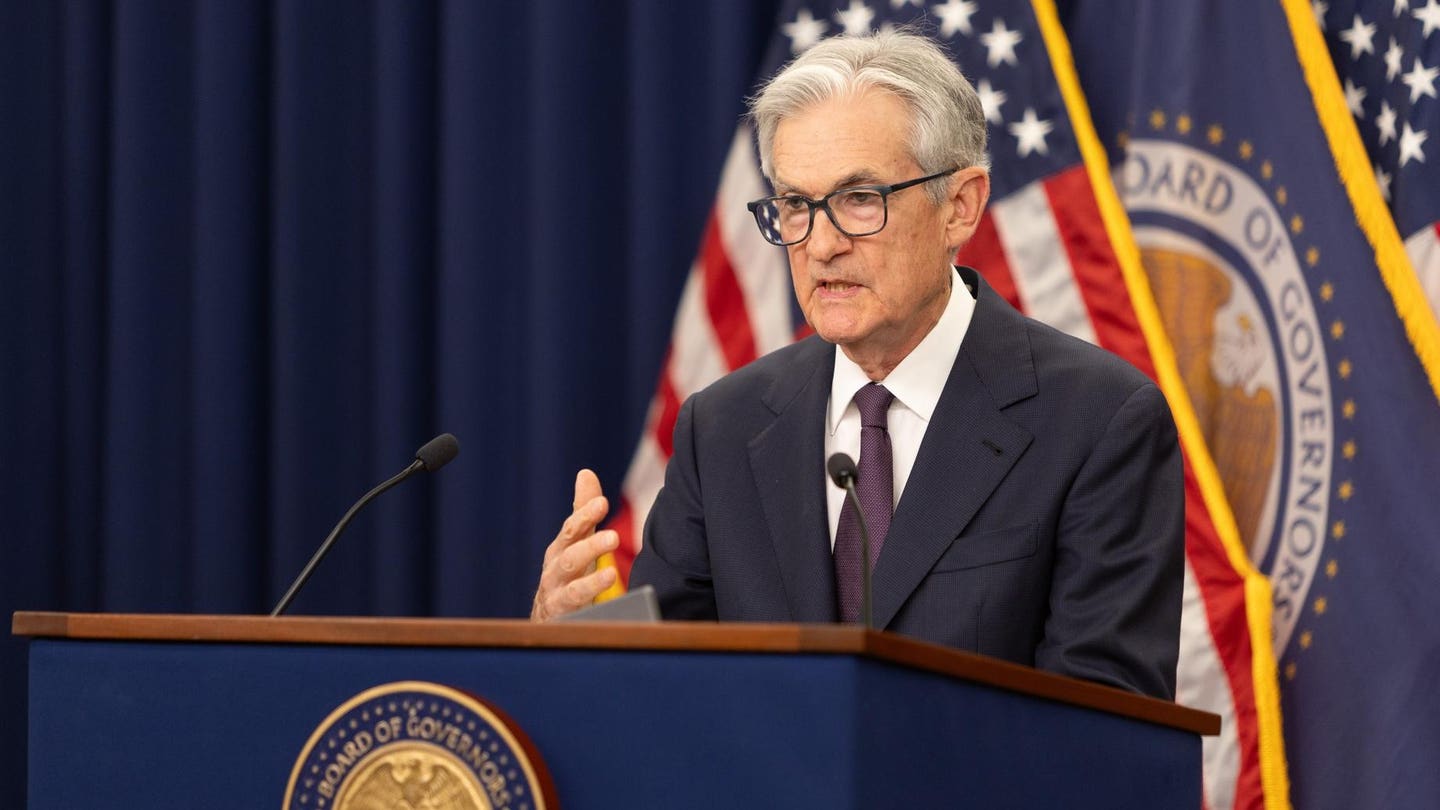Historical Perspectives on Stagflation
Stagflation is not a new concept. It first emerged in the 1960s and gained prominence during the 1970s oil crisis. The traditional economic framework before the 1970s, as suggested by the widely accepted Phillips curve, indicated an inverse relationship between unemployment and inflation. However, the advent of stagflation shattered this conventional economic wisdom. The oil price shocks of the 1970s provided a textbook example of how stagflation can emerge. The embargo imposed by OPEC in 1973 led to surging energy costs, increasing production and transportation expenses across the economy. The result was a toxic combination of rising unemployment and accelerating inflation that persisted throughout the decade.
Unraveling the Causes of Stagflation
Several factors can contribute to stagflation, including supply shocks, policy errors, and de-anchored expectations. Supply shocks, such as the 1970s oil crisis or the imposition of tariffs, can simultaneously reduce an economy’s productive capacity while increasing costs, leading to both inflation and unemployment. Policy errors can also trigger stagflation. For instance, if a government’s fiscal policy clashes with monetary policy, it can lead to stagflation. This was evident in the 1970s when central banks kept interest rates low while inflation was rising, inadvertently fueling an inflationary spiral. De-anchored expectations refer to a situation where people expect continued inflation. This can lead to preemptive price increases and hinder long-term investment, creating a vicious cycle that exacerbates stagflation.
The Implications of Stagflation
Stagflation has profound implications for both the economy and individuals. For the economy, it presents a challenging puzzle for policymakers because the tools to address one problem often worsen the other. For individuals, stagflation represents a double burden of shrinking job opportunities and rising living costs.
Conclusion
Understanding stagflation is of paramount importance due to its potential impact on the economy and individuals. While it presents a unique challenge to policymakers, it also underscores the need for balanced and careful economic management. As the world continues to grapple with economic uncertainties, the lessons learned from past episodes of stagflation remain highly relevant.






